
An implantable cardioverter-defibrillator (ICD) is a small battery-powered electrical device, which acts like an impulse generator, implanted in patients who are at risk of sudden cardiac death because of ventricular fibrillation and ventricular tachycardia. The device is sized like a simple pager and works by constantly monitoring heartbeats and delivering electrical shocks whenever the abnormal heartbeat is detected. This way, an implantable cardioverter-defibrillator stops abnormal heartbeats and restores a normal heartbeat when necessary.
Implantation
An implantable cardioverter-defibrillator is implanted similarly like a pacemaker. Implantable cardioverter-defibrillators normally include electrode wires which pass through a vein to the right chambers of the heart. The device is placed under the skin right outside the ribcage, usually below the left collarbone. Modern ICD’s are powered on lead-free batteries, which is extremely important. This way, lead-related health problems and the risk of infections are at the lowest possible level.
How it works?
An implantable cardioverter-defibrillator actually mimics the reanimation technique used by hospital staff on an unconscious person out of cardiac arrest. Normally, medical workers use a pair of electrified paddles to shock a patient and restore a heartbeat. An ICD does the same thing whenever it detects abnormal heartbeat. When the abnormal heartbeat is detected, ICD sends electrical impulses to regulate the pace at which heart beats.
How it feels?
ICD can be programmed for a couple of different therapies:
Low-energy pacing therapy, which is normally imperceptible or may feel like a light painless fluttering in the chest.
Cardioversion therapy is another mode at which ICD works. It involves higher energy shocks to the heart but it is also almost imperceptible.
Defibrillation therapy is the strongest electrical therapy. During this therapy patient feels like he’s being kicked in the chest. In some cases, it can be very painful but the pain lasts just for a second. When the shock is over, patient does not feel any kind of discomfort.
Who are the candidates?
Patients with ventricular tachycardia, patients who survived a cardiac arrest or who have fainted from a ventricular arrhythmia, are prime candidates for an ICD. However, some other groups of patients may benefit from an ICD: patients with a history of coronary artery disease and prior heart attack, patients with heart conditions that involve abnormal heart muscle, patients with an inherited heart defect that causes abnormal heartbeats.
Additional information
Microwave ovens, household appliances and other electronic devices will work just fine and won’t cause any interference with ICD. However, people with ICD should avoid strong magnetic fields and large magnets, antennas, arc welders, and industrial equipment.At the airport patients should carry their ID card and ask to be hand searched. Theft detector systems won’t cause any trouble. Patients can drive normally even if they have an ICD implanted. However, driving isn’t recommended for 5 months after the implementation surgery or after a shock.



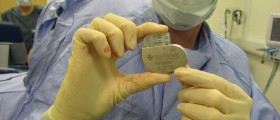
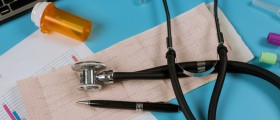

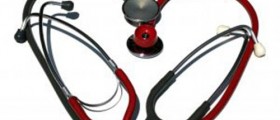

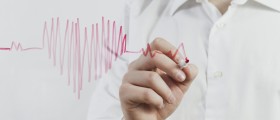
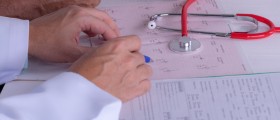
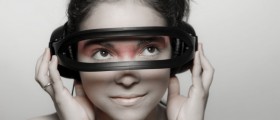
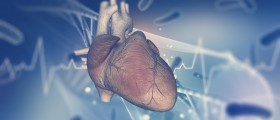

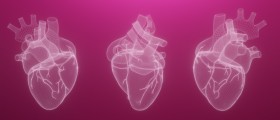
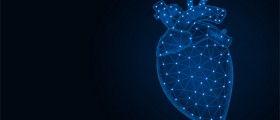
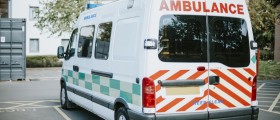

Your thoughts on this
Loading...